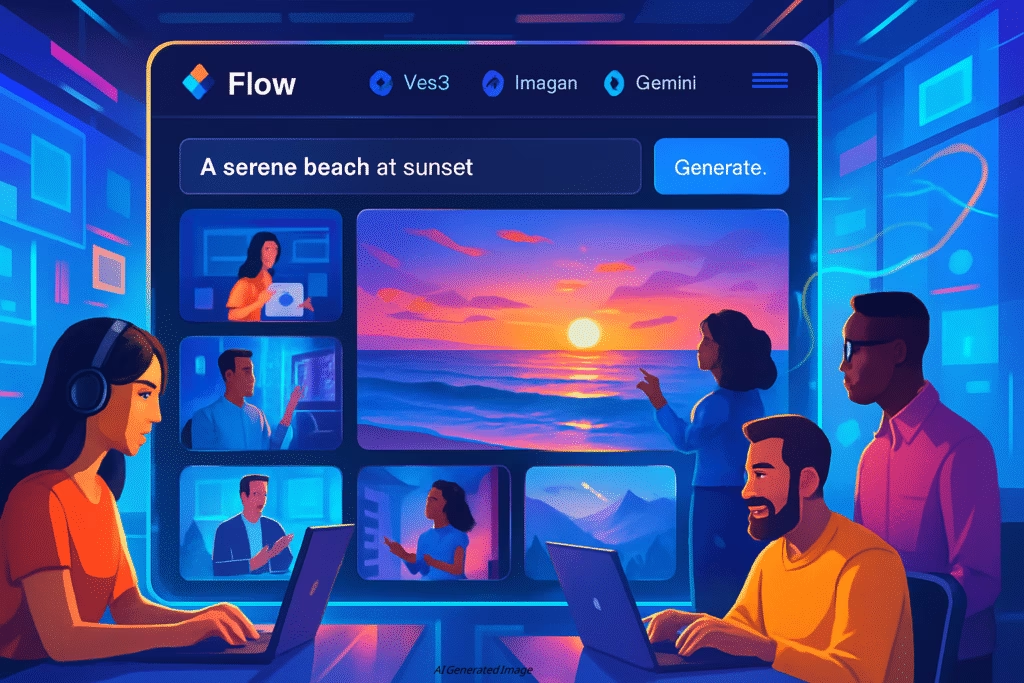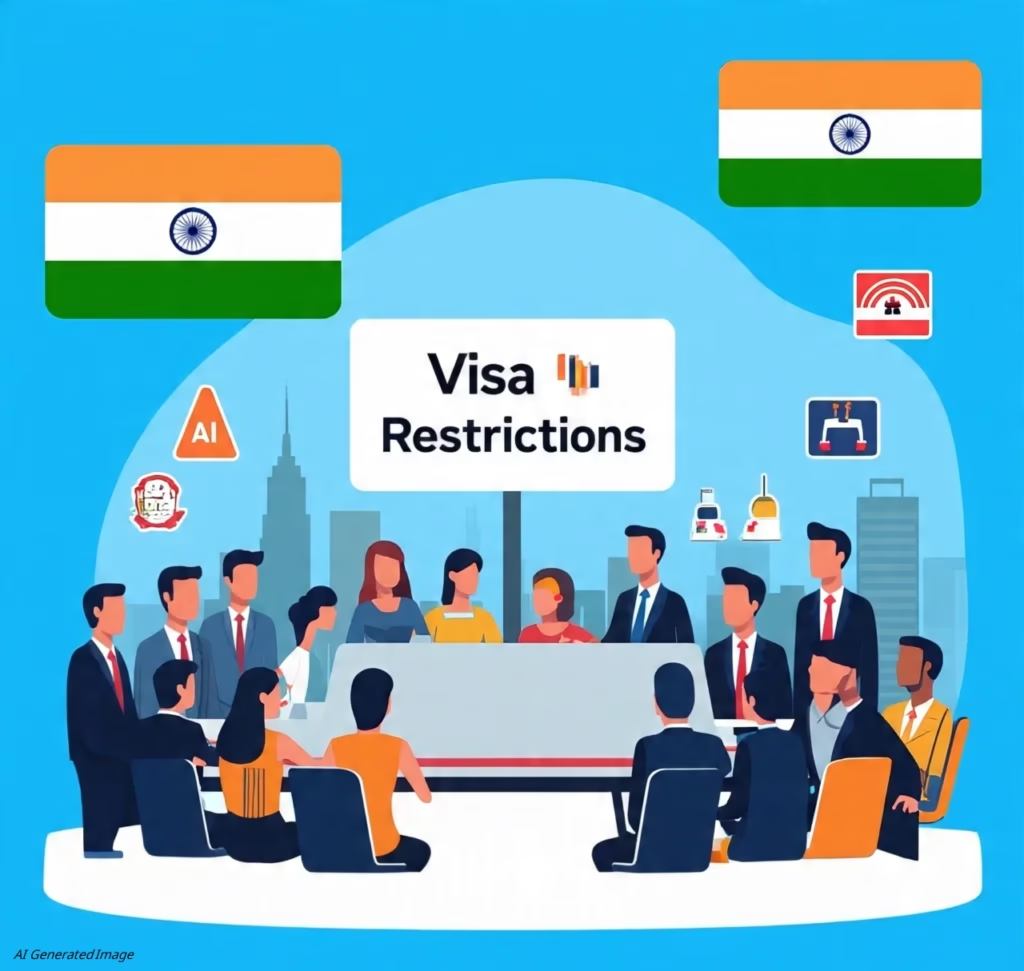OpenAI’s Strategic Push into India’s AI Market with ChatGPT Go
Introduction: The New Wave of Affordable AI in India
India is living through a digital transformation of historic proportions. From the rise of UPI-powered digital payments to ambitious national programs like Digital India, the country has become the world’s laboratory for scalable technology adoption. Now, in 2025, artificial intelligence is taking center stage and OpenAI’s latest launch, ChatGPT Go, marks a bold strategic push into this rapidly growing market.
At a price as low as ₹399 per month, OpenAI is offering Indian users access to powerful AI capabilities that were once considered premium and out-of-reach. This is not just a product launch. It is a story about accessibility, competition, and India’s role in shaping the future of generative AI adoption worldwide.
What does this mean for students, startups, and the 700 million internet users in India? And why is OpenAI betting so big on India at this moment? Let’s dive deep.
What is ChatGPT Go and Why is OpenAI Launching it in India?
ChatGPT Go is a budget-friendly subscription tier of OpenAI’s widely popular ChatGPT. While the free tier remains available, Go offers ten times higher usage limits, 10x more image generations, and more storage capacity for just ₹399 a month.
Imagine this: A college student in Bangalore, who previously relied on the free tier with daily caps, can now generate multiple reports, brainstorm project ideas, and even design app mockups without hitting limitations.
OpenAI deliberately chose India as the first test market to launch this tier. Why? Because affordability here isn’t just a marketing tactic it’s a survival strategy. India is a land of cost-sensitive yet tech-enthusiastic consumers, and by tailoring its offering to local price expectations, OpenAI is cementing early dominance.
FAQ Expansion
- Is OpenAI cheaper in India?
Yes. ChatGPT Go at ₹399/month is significantly cheaper than in most global markets. For context, the ChatGPT Plus plan costs about ₹1,999/month in India. - How does ChatGPT Go differ from ChatGPT Plus?
Plus subscribers get early access to new features and priority access during heavy traffic hours, but Go offers most functional capabilities at one-fifth the price.
Pricing Strategy: Beating Google Gemini and Microsoft Copilot at Their Own Game
When priced at ₹399, ChatGPT Go becomes the most affordable premium AI subscription in India. This is a deliberate strategy to undercut global competitors:
- Google Gemini Advanced → ~₹1,950/month
- Microsoft Copilot Pro → ~₹2,000/month
- OpenAI ChatGPT Plus → ~₹1,999/month
By offering Go at one-fifth the cost, OpenAI positions itself as the “AI for the masses.”
According to a Mint report and Economic Times analysis, Indian internet users are highly price-sensitive. With ChatGPT Go, OpenAI is building a user funnel strategy: hook millions of new users on affordable AI, then upsell premium features later.
Rhetorical question: What does this mean for Google and Microsoft, who have traditionally priced their tools at global parity with little localization? They may soon be forced to rethink India-specific pricing strategies.
Why India is Critical for OpenAI’s Growth Strategy
In 2024, OpenAI’s CEO Sam Altman revealed that India is the second-largest ChatGPT user base globally—and is growing at unprecedented rates.
India combines three unique advantages:
- Scale: Over 700 million internet users and counting. By 2030, India could host 1 billion online citizens.
- Adoption Patterns: Indian students, freelancers, and SMEs are disproportionately early adopters of generative AI tools.
- Ecosystem: Partnerships with giants like Reliance Jio and government-backed digital literacy programs amplify reach.
This aligns with OpenAI’s broader mission: increasing AI accessibility worldwide. And in India, that mission finds its most fertile ground.
UPI Integration and Localized Payment Infrastructure
Another reason why ChatGPT Go is uniquely designed for India is UPI integration. Until now, subscription payments were largely restricted to credit cards, limiting accessibility. With UPI, almost anyone with a digital wallet or a bank account can subscribe in seconds.
FAQ Expansion
- How does UPI make AI subscriptions easier?
UPI eliminates currency conversion headaches, international card dependencies, and hidden transaction costs. With pricing displayed in Indian rupees, trust and ease-of-use increase dramatically.
This move reflects OpenAI’s localization strategy, a key differentiator in a market where payment friction has historically killed user adoption.
How Startups and Students Benefit from Cheaper AI Access
Let’s humanize this further.
- Case Story 1: The College Student
Aarav, a 21-year-old doing his engineering project in Pune, can now generate code snippets, market research reports, and experiment with AI-powered design tools—all for less than the price of one pizza night. - Case Story 2: The Startup Founder
Riya, who runs a small ed-tech startup in Hyderabad, uses ChatGPT Go to handle customer support, draft content, and brainstorm product features. For her, ₹399/month replaces hiring extra manpower, reducing operating costs drastically.
For Indian startups, students, and SMEs, ChatGPT Go is less of an add-on tool and more of a growth enabler.
Ripple Effects on Developers, Corporates, and Policymakers
The launch of ChatGPT Go will inevitably ripple through the Indian ecosystem:
- Developers: Lower costs encourage more experimentation, leading to new generative AI startups.
- Corporates: Enterprises may need to rethink employee training, as everyday professionals gain AI fluency outside formal company programs.
- Policymakers: With AI adoption now penetrating deeper layers of society, government regulations and ethical AI discussions will intensify.
India could soon become not just a user market, but also a development hub for AI innovations.
Future Roadmap: Could India Drive OpenAI Past 1 Billion Users?
Sam Altman has long said his north star metric is global accessibility. India represents the biggest multiplier effect on that vision.
If India’s 700 million internet users engage with ChatGPT Go, and even 5–10% become regular subscribers, OpenAI could quickly sprint past 1 billion active monthly users globally.
This makes India not just a target market but a growth engine that could set global benchmarks.
FAQ Roundup
- Which AI is best for Indian students?
For affordability and versatility, ChatGPT Go offers more value at ₹399/month compared to competitors. - Why is India the fastest-growing AI market?
A combination of low-cost data, digital-first population, UPI infrastructure, and startup culture ensures higher per capita adoption of new technologies. - Is OpenAI cheaper in India?
Yes, ChatGPT Go is uniquely priced for India, unlike Google Gemini or Microsoft Copilot, which maintain global parity.
Conclusion: India’s AI Future Looks Inclusive
In launching ChatGPT Go at a disruptive price point and integrating UPI for frictionless payments, OpenAI has set the stage for democratized AI adoption in India.
For individuals, this means AI is no longer a luxury—it’s an everyday companion. For businesses, AI is becoming a scalable productivity driver. For policymakers, this is both an opportunity and a responsibility to ensure ethical adoption.
📌 India is no longer just “the back office of the world.” With OpenAI’s push, it might just become the largest testbed and driver of global AI growth.
Sources
- AI in India: Growth, Challenges, and Opportunities
- Generative AI Tools Comparison
- AI for Startups: How Founders Can Leverage AI
- Mint: OpenAI’s India Push
- Economic Times: India’s AI Adoption Wave
- TechCrunch: Global AI Competition
- World Economic Forum on AI in Developing Nations
Keywords: AI adoption in India, generative AI startups India, affordable AI tools India, ChatGPT Go India pricing, UPI payments AI subscriptions, GPT-5 India, AI for Indian students, AI market growth India 2025, Reliance Jio AI partnership, digital economy India AI, AI education India, India AI landscape 2025
Disclaimer: Transparency is important to us! This blog post was generated with the help of an AI writing tool. Our team has carefully reviewed and fact-checked the content to ensure it meets our standards for accuracy and helpfulness. We believe in the power of AI to enhance content creation, but human oversight is essential.






Fascinating blog! Is your theme custom made or did you download it from somewhere? A theme like yours with a few simple adjustements would really make my blog shine. Please let me know where you got your design. With thanks
Thank you so much for your kind words! It’s wonderful to hear that you found this site and enjoyed the information. Your feedback is genuinely appreciated and encourages me to continue creating valuable content. Looking forward to seeing you around more often!
AI Tech Quest Team